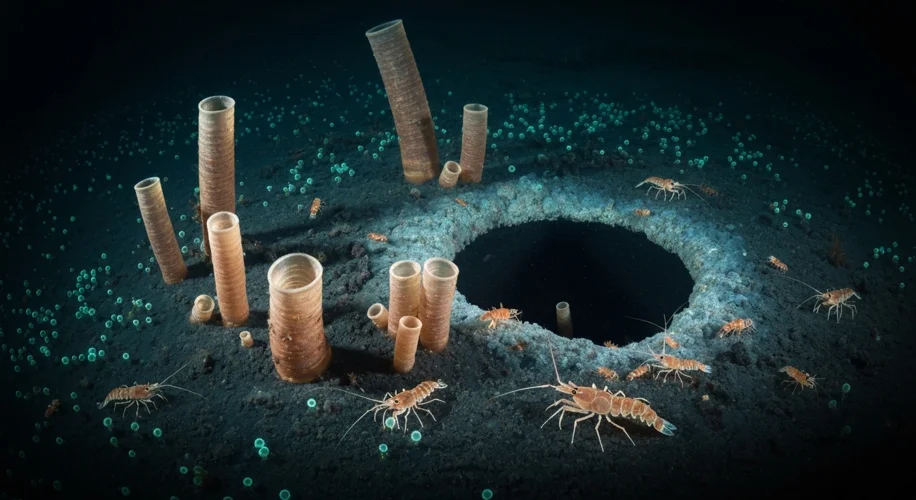It’s fascinating to think about the absolute necessities for life, right? We often picture vibrant ecosystems, lush forests, and of course, ourselves needing to eat! But what if life didn’t require the organic molecules we associate with sustenance? What if an organism could survive, even thrive, on a diet composed entirely of inorganic matter?
This is a question that delves into the very core of biology and chemistry, and it’s something I find incredibly exciting given my background in environmental science and atmospheric science. Let’s explore this idea.
The Foundation of Life: Energy and Building Blocks
At its most basic, life needs energy to function and raw materials to build and repair itself. On Earth, most life gets its energy from organic compounds, either by eating other organisms (like us!) or by harnessing sunlight through photosynthesis. The building blocks are also often organic – carbon-based molecules like proteins, carbohydrates, and fats.
But nature is full of surprises, especially in extreme environments. We call organisms that live in harsh conditions ‘extremophiles,’ and they push the boundaries of what we thought was possible for life.
Chemosynthesis: Life Beyond Sunlight
Did you know that some life forms don’t need sunlight at all? These are the chemosynthetic organisms. They get their energy from chemical reactions involving inorganic compounds. A prime example can be found around hydrothermal vents deep in the ocean. Here, in complete darkness, bacteria harness energy from chemicals like hydrogen sulfide (which smells like rotten eggs!). These bacteria form the base of a unique food web, supporting other creatures like tube worms and crabs.
These organisms are essentially eating chemicals, not organic matter derived from plants or animals. They take inorganic molecules and convert them into energy and the building blocks they need to survive.
The Synthetic Frontier
Beyond natural wonders, synthetic biology is also exploring new possibilities. Scientists are working on creating entirely new biological systems or modifying existing ones. While creating an organism that lives solely on inorganic matter from scratch is a monumental challenge, researchers are making strides in understanding the fundamental requirements for life.
For instance, scientists have experimented with creating artificial cells or modifying bacteria to use novel energy sources. The goal is often to create sustainable solutions, perhaps for waste processing or energy generation. Imagine a microbe that could metabolize industrial byproducts or capture carbon dioxide directly from the air using inorganic processes.
What Does This Mean for Us?
Understanding organisms that can sustain themselves on inorganic diets, whether natural or synthetic, helps us:
- Expand our definition of life: It shows that life can be more diverse and adaptable than we initially assumed.
- Search for life elsewhere: If life can use inorganic energy sources, it might exist in environments we previously overlooked, both on Earth and on other planets.
- Develop sustainable technologies: Mimicking these natural processes could lead to innovative ways to clean up pollution or create energy.
So, while we humans are firmly in the ‘organic diet’ camp, the natural world (and our own scientific ingenuity) shows us that life can indeed find a way using purely inorganic sustenance. It’s a testament to the incredible adaptability and resilience of life itself!

